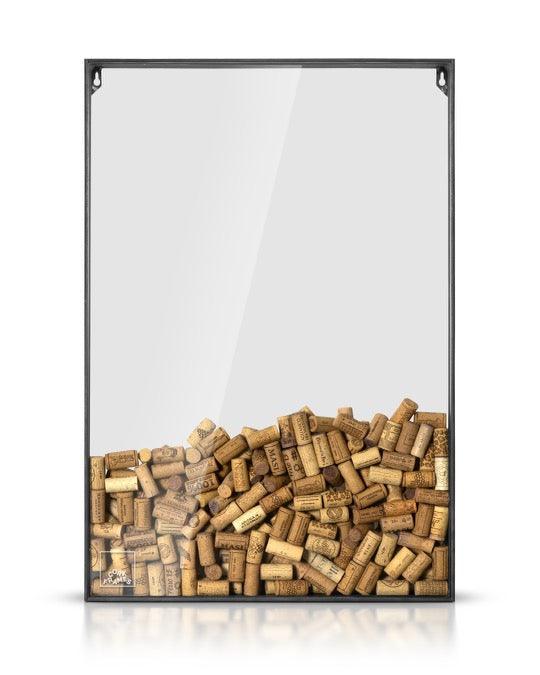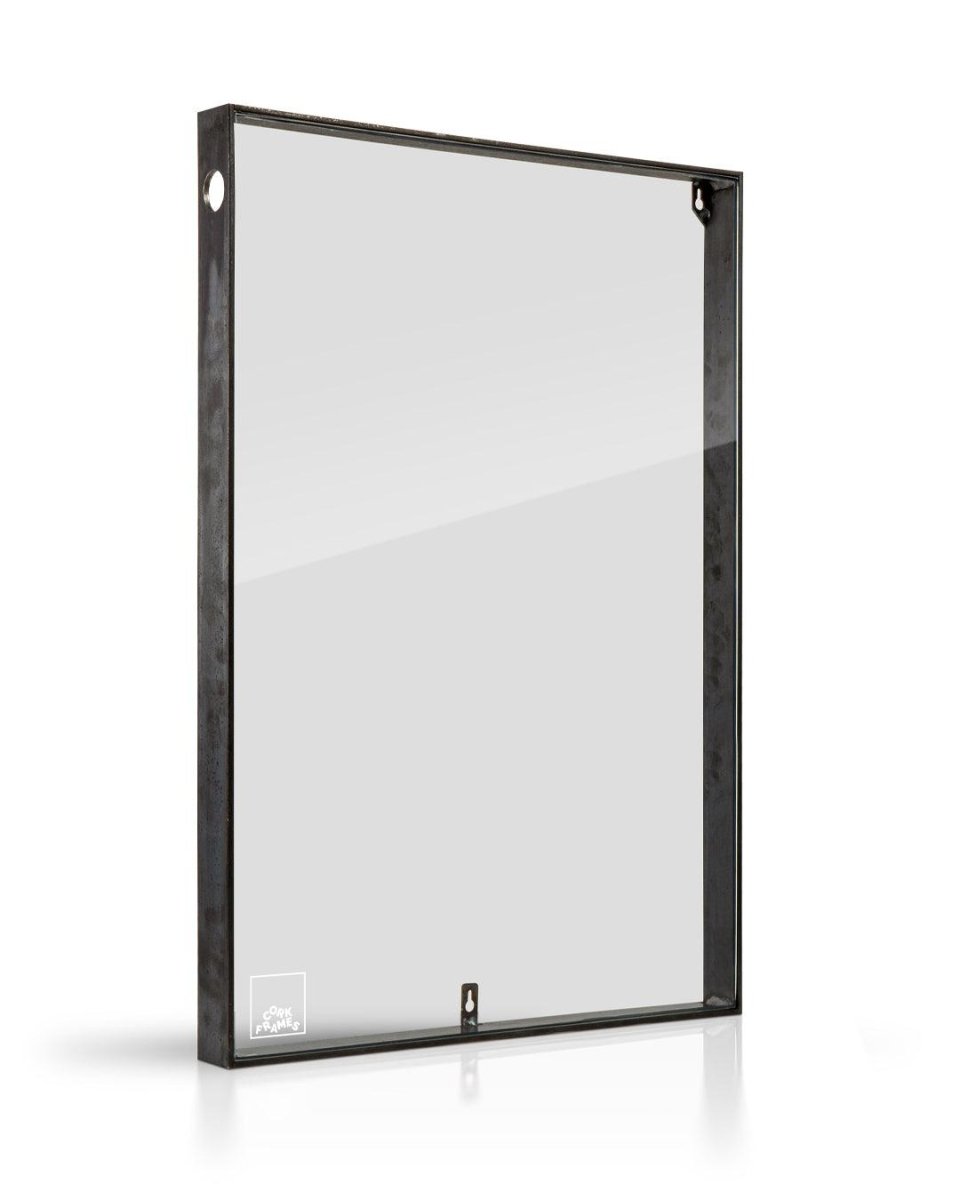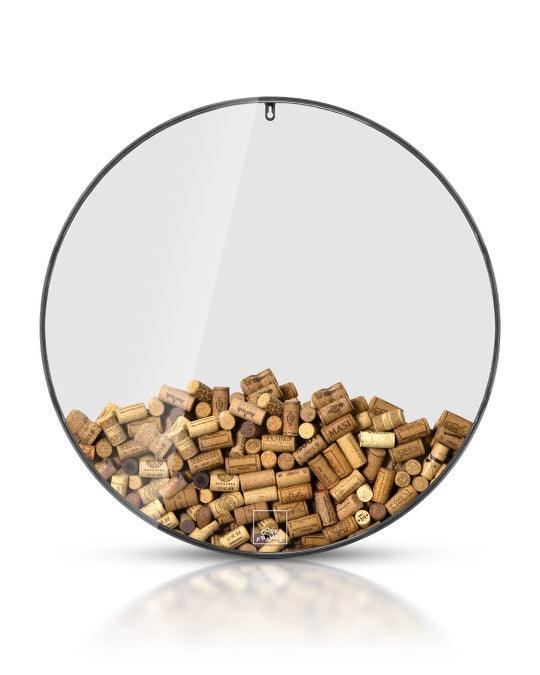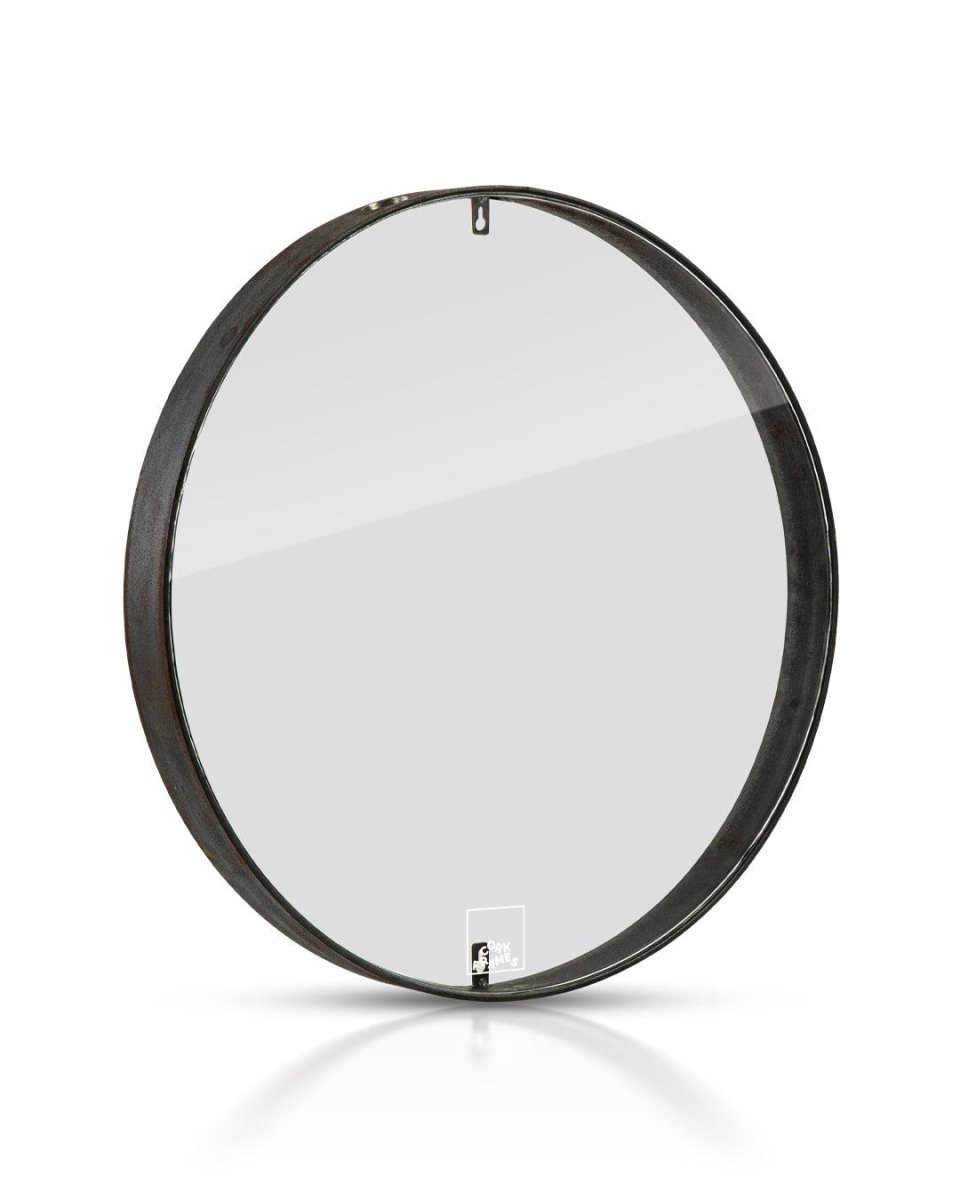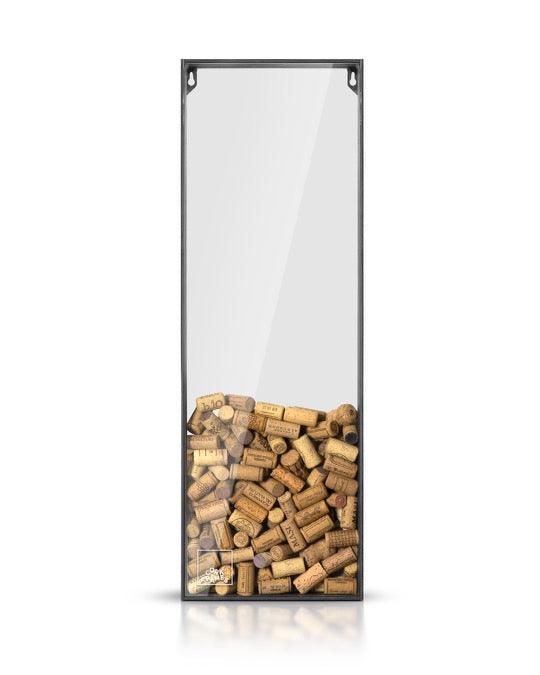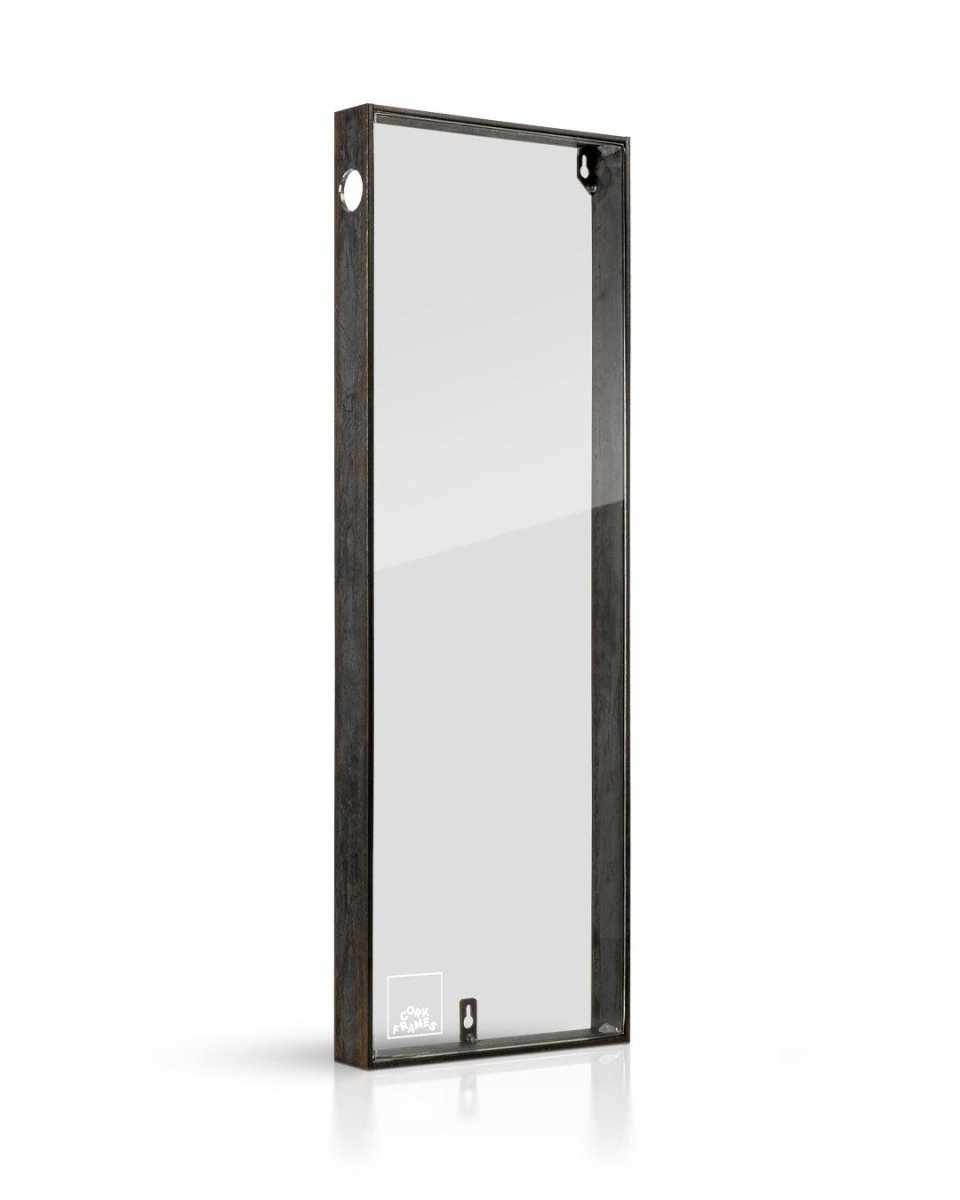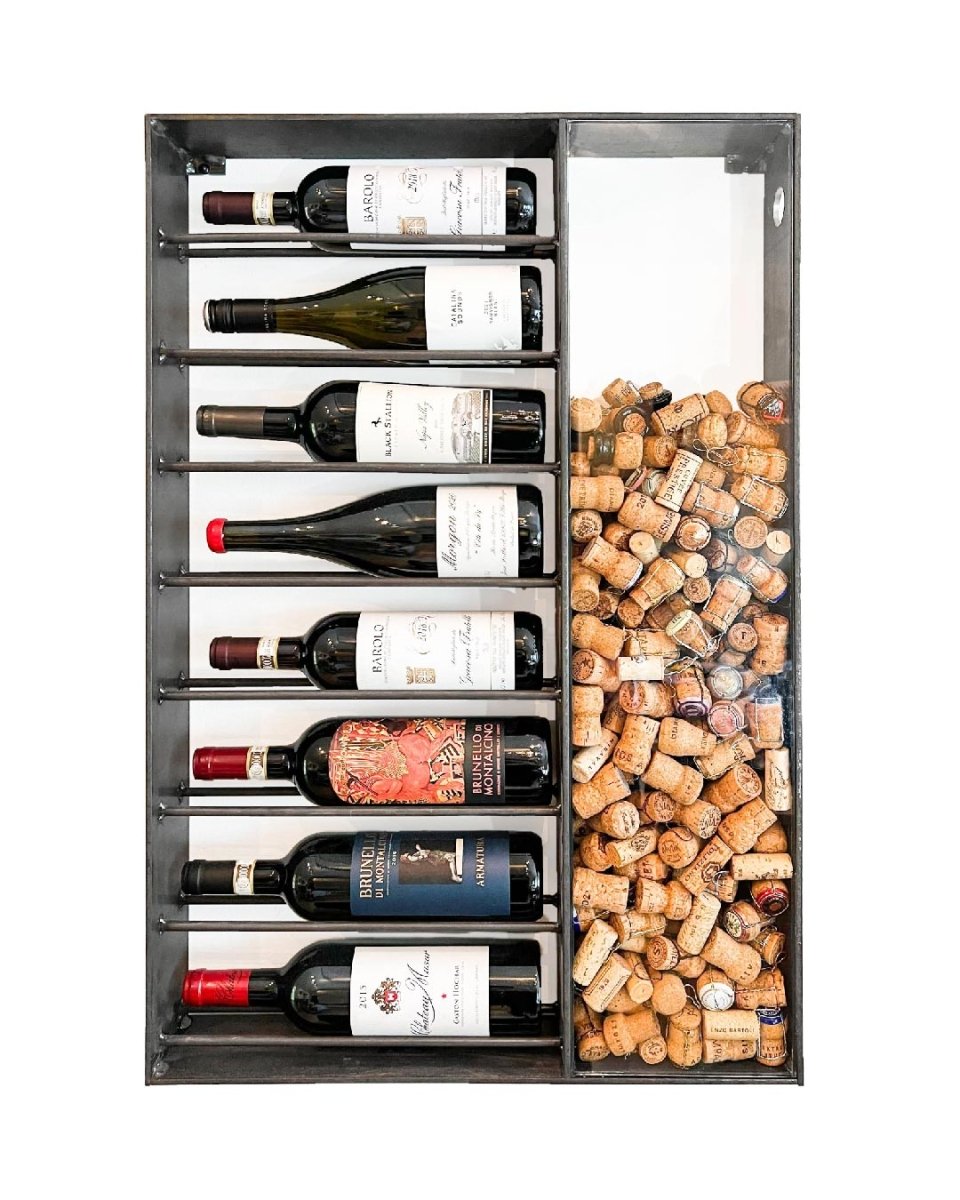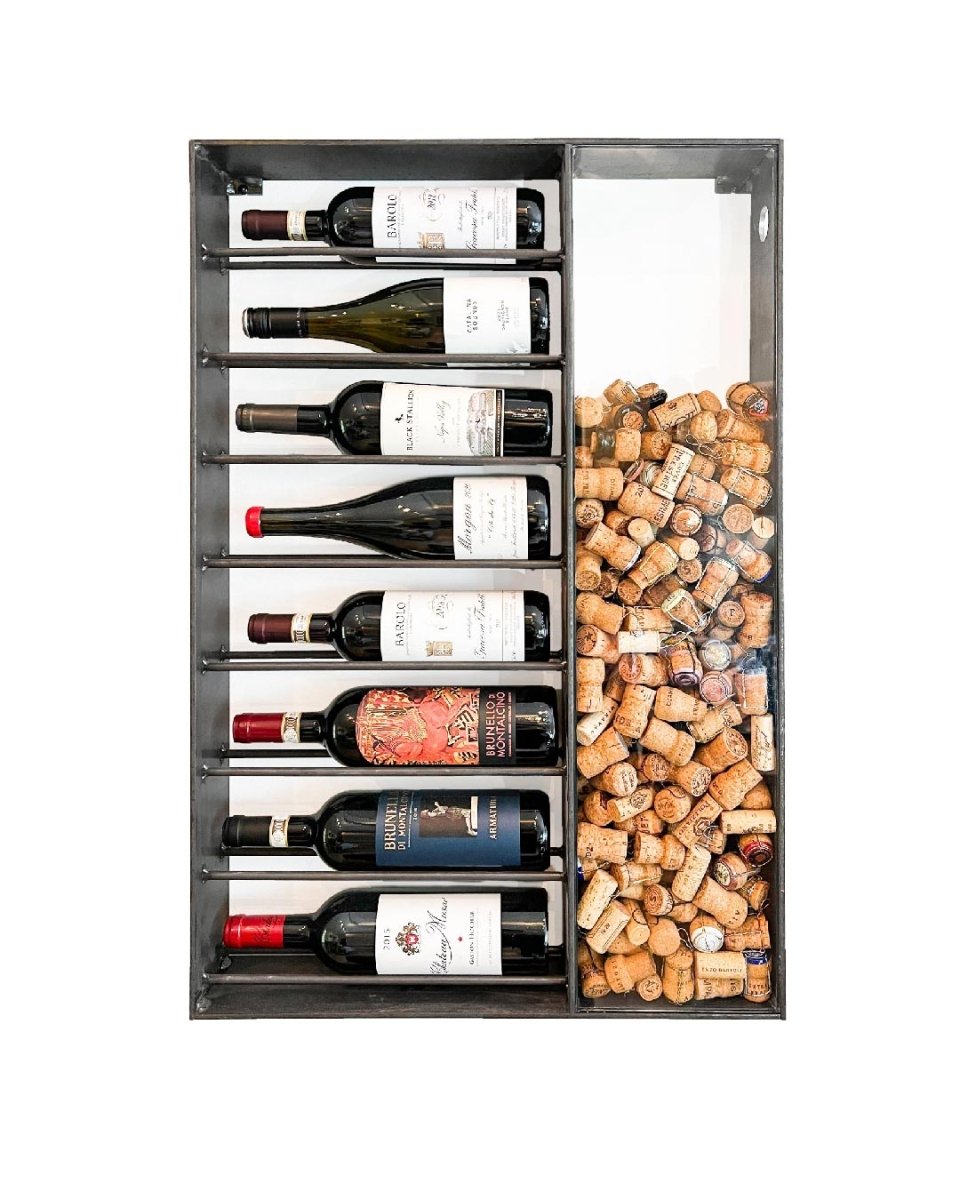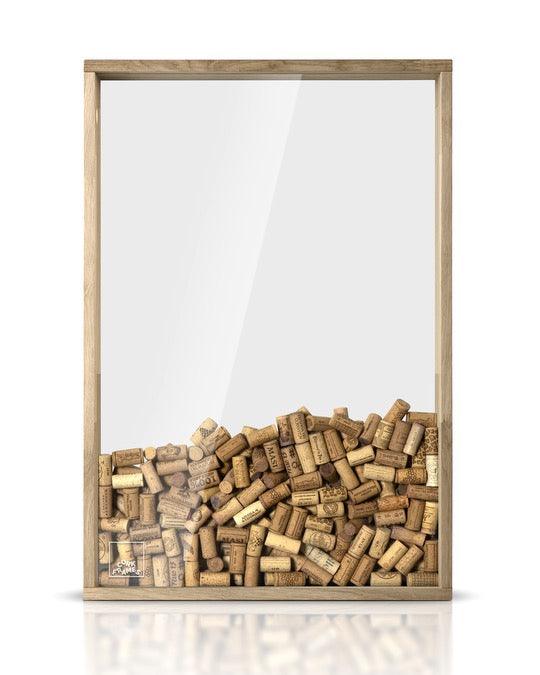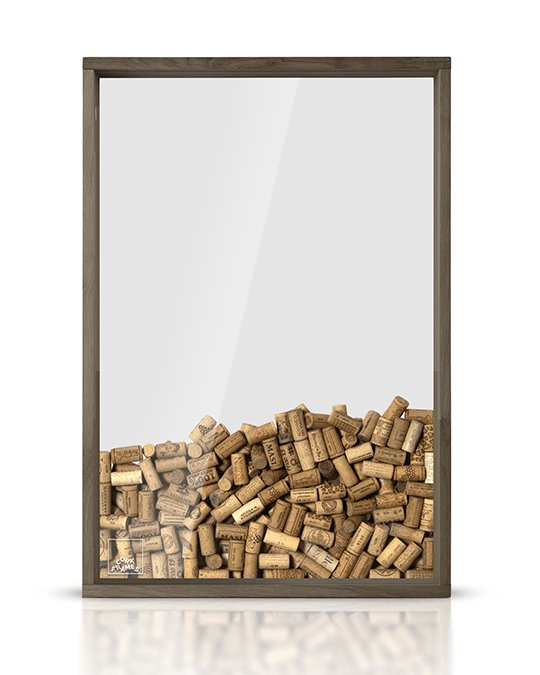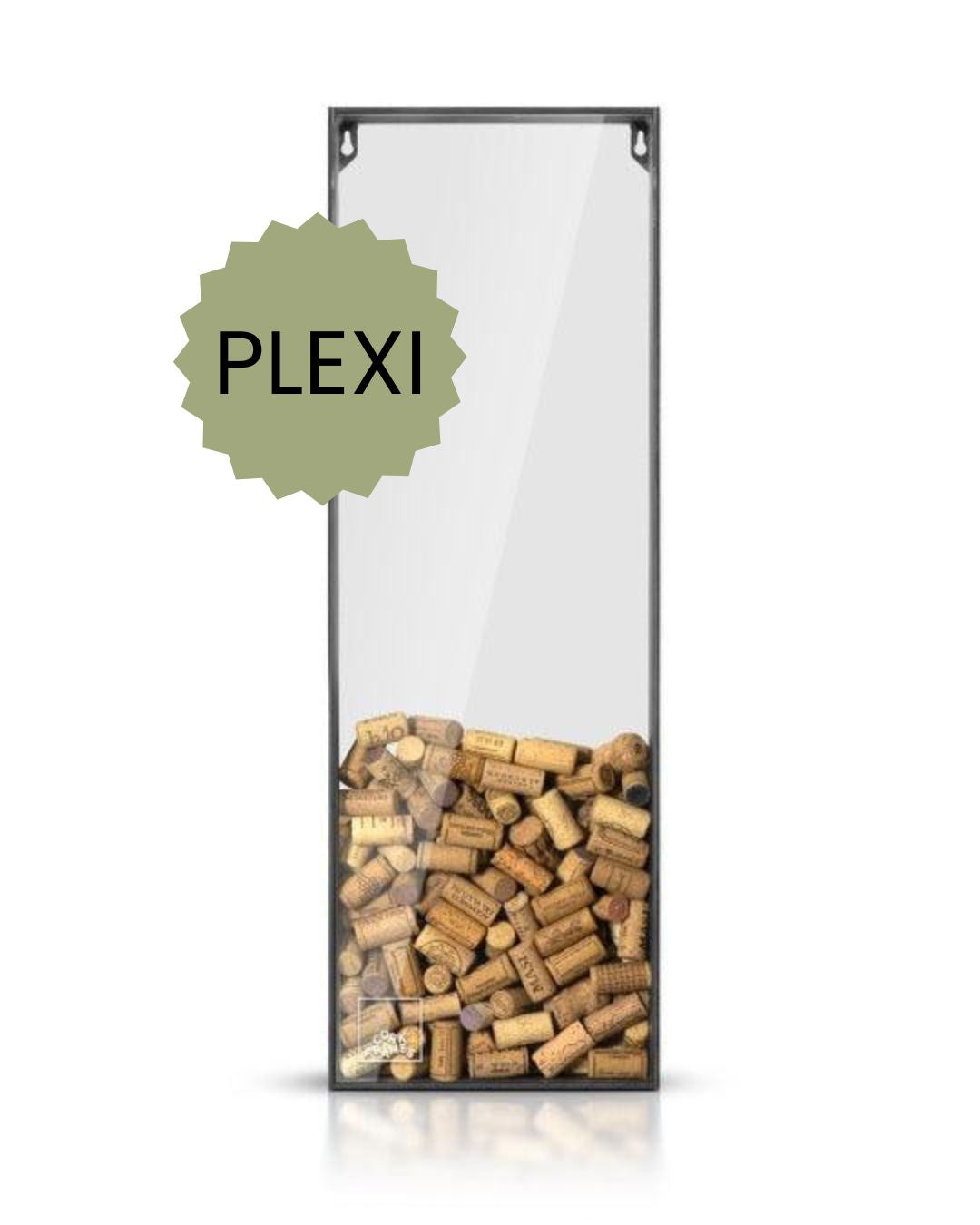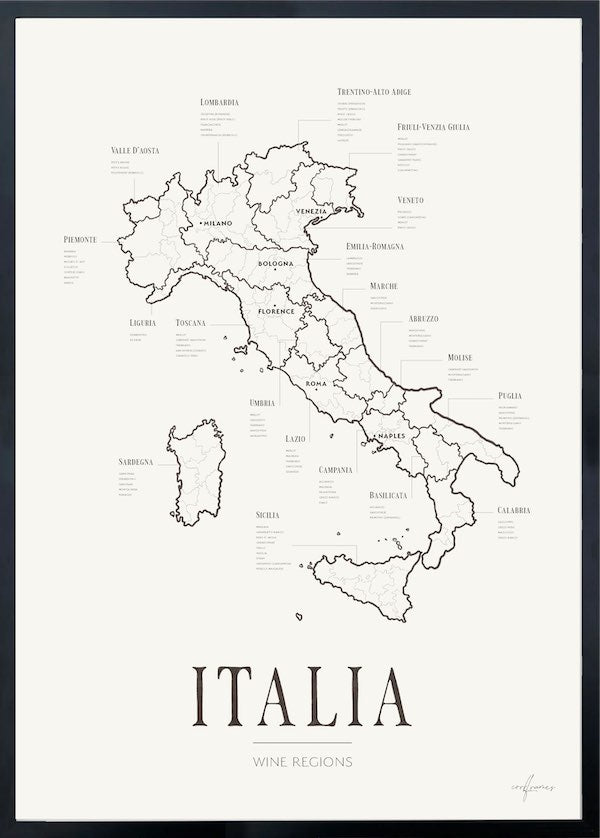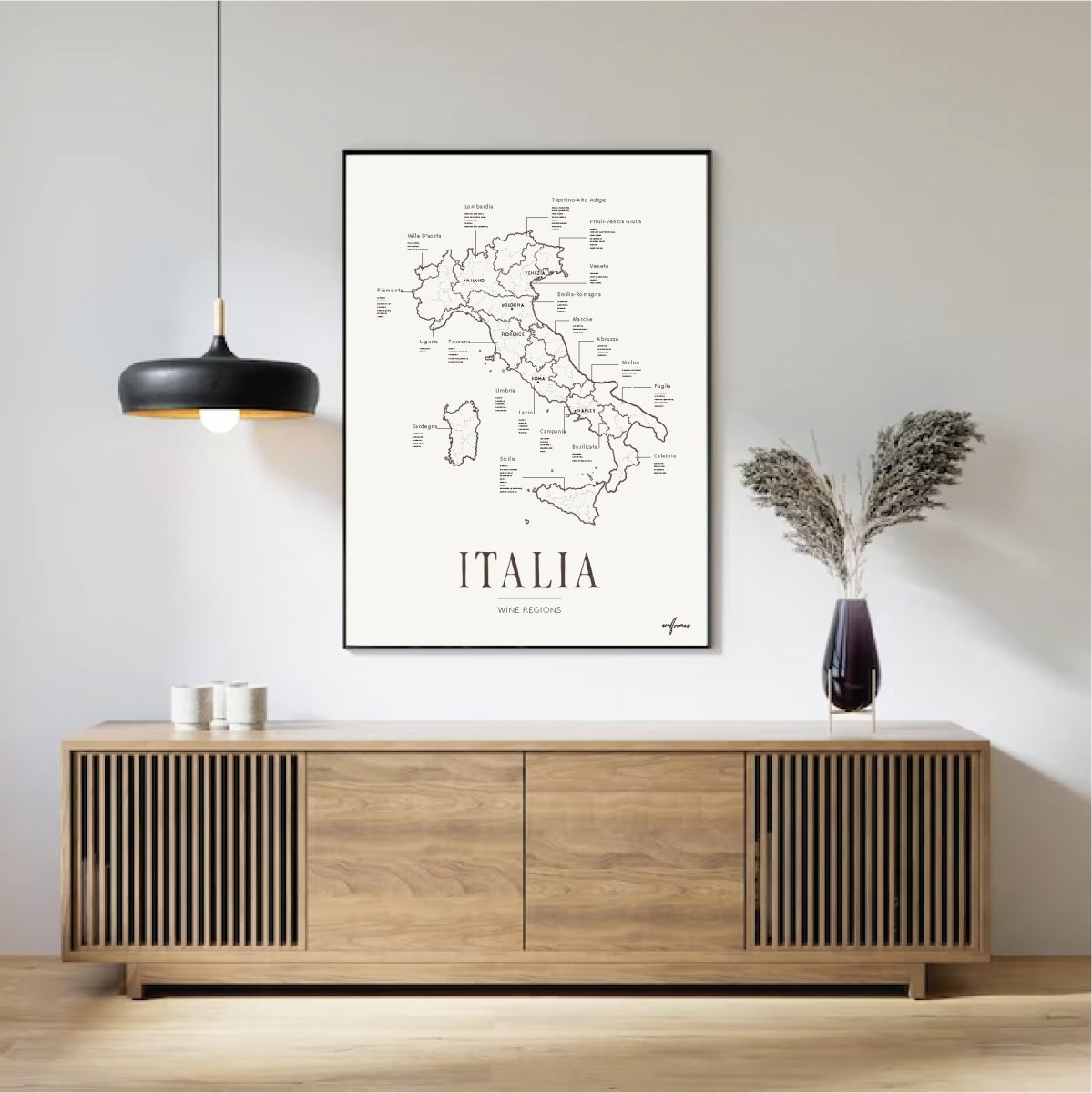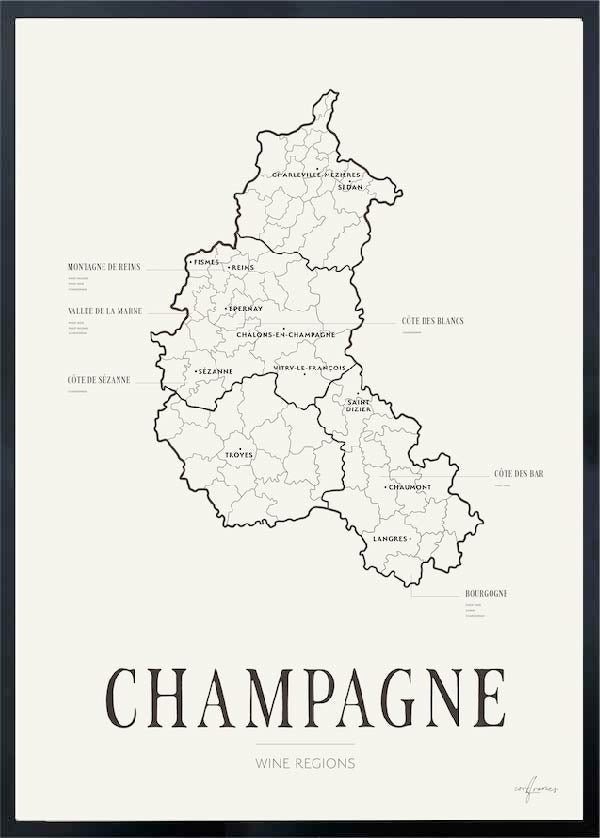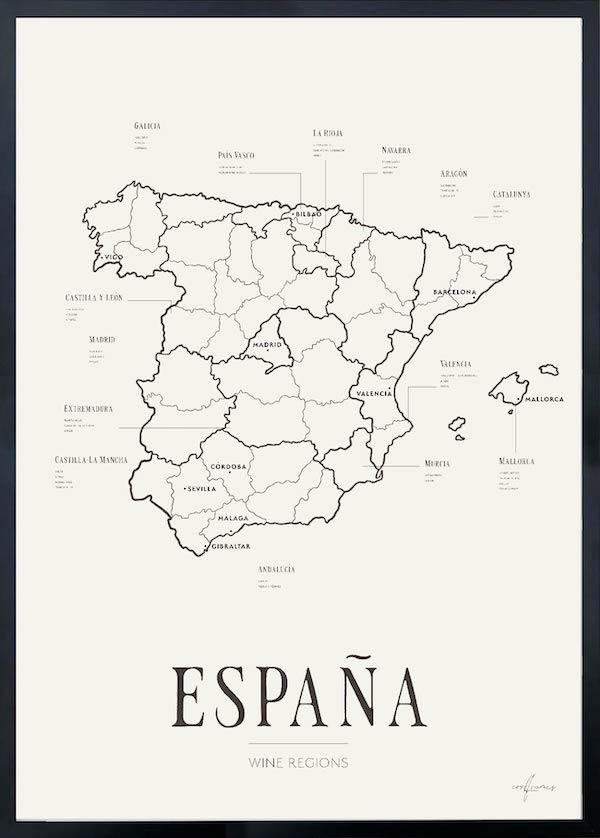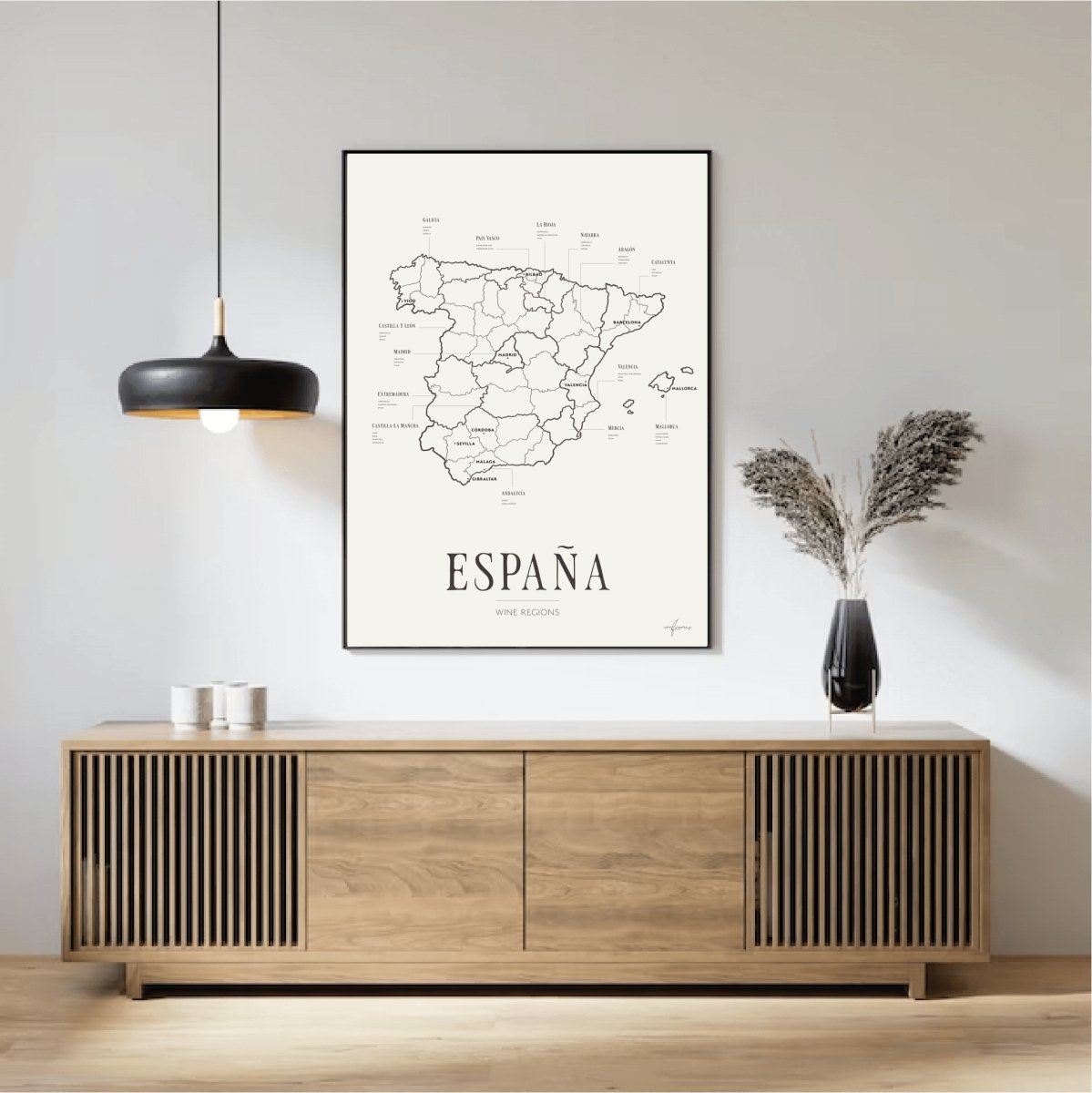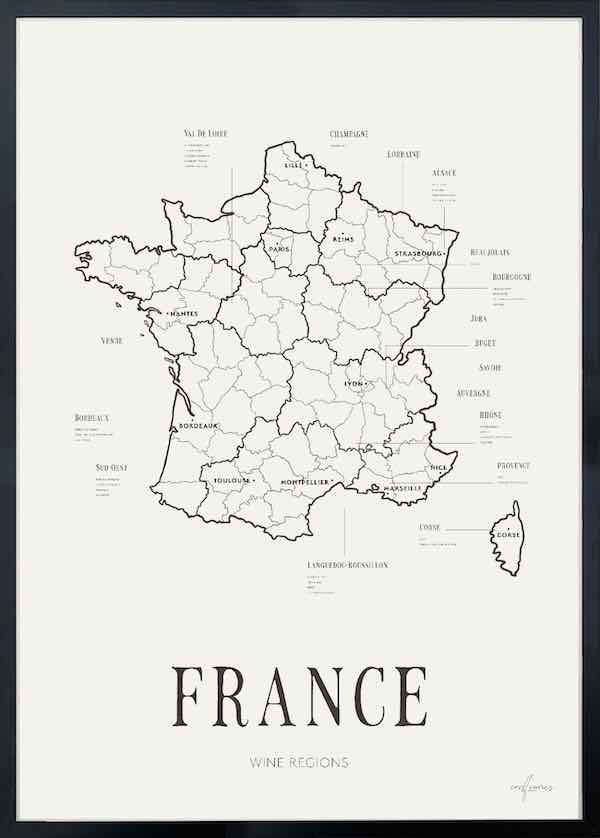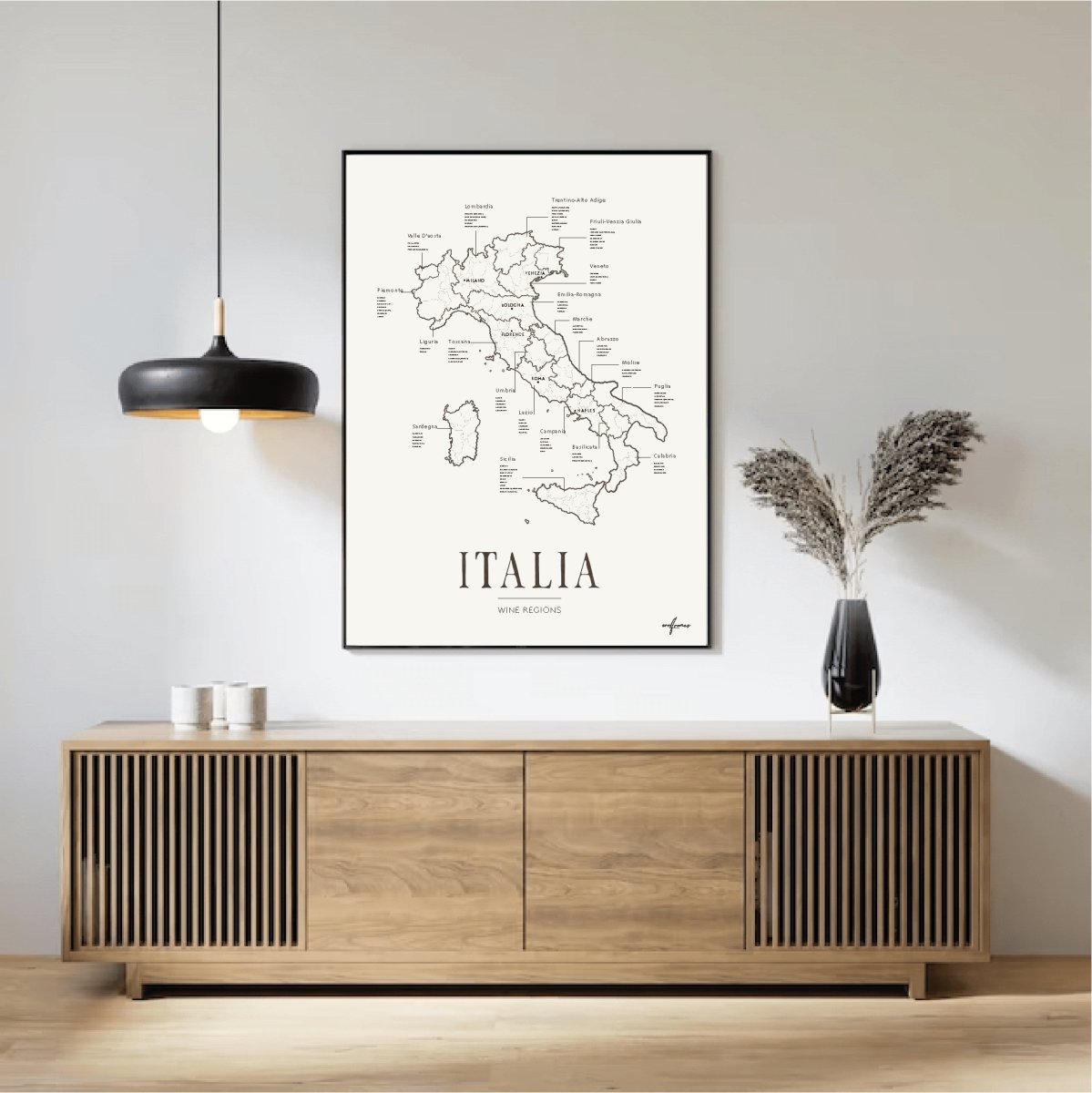Alcohol Content in Wine
The alcohol content influences both the taste and the drinking experience. In the EU, wine can have up to 15% alcohol to be classified as a standard wine. Wines with an alcohol content above 15% are considered fortified or dessert wines, such as Port wine, where the alcohol level can reach up to 20%.
Several factors affect the alcohol content, including fermentation and climate. Warmer climates often produce grapes with higher sugar levels, leading to wines with a higher alcohol content. High-alcohol wines tend to be fuller-bodied and may feel warm on the palate, while low-alcohol wines are typically lighter and fresher.
Wine Recommendations:
- Low alcohol content: Riesling (Germany) – Crisp and light, with an alcohol level around 9-11%. Perfect for a lower-alcohol option with refreshing flavors.
- Medium alcohol content: Pinot Noir (Burgundy, France) – An elegant red wine with an alcohol level around 12-13%. Offers a balanced body with fruity and lightly spiced notes.
- High alcohol content: Port wine (Portugal) – A fortified wine with an alcohol content of up to 20%. Full-bodied and rich, with complex flavors of dried fruit and spices.
When selecting wine, it’s also worth considering food pairings – a bold, high-alcohol wine pairs well with grilled or rich dishes, while a lighter wine complements seafood or salads.
Conclusion
Alcohol content is an essential part of a wine’s character, but it’s the balance between sweetness, acidity, and tannins that ultimately determines the wine’s quality.




